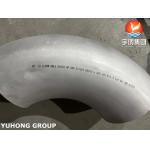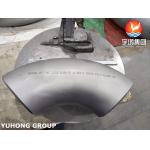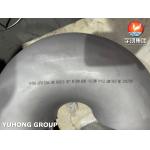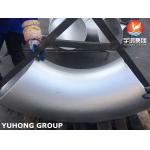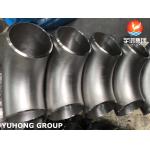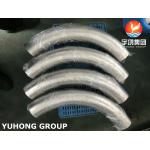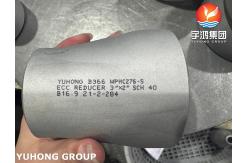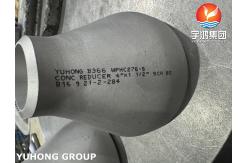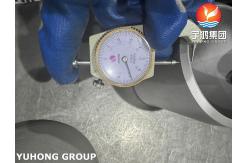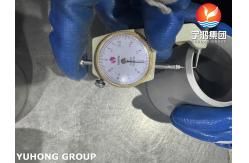ASTM B366 N10276 REDUCER
ASTM B366 N10276 Reducer is a reducing pipe made of Hastelloy C-276
(UNS N10276), which complies with ASTM B366 standard and is
designed for extreme corrosive environments. It is made of
nickel-molybdenum-chromium as the core component, has excellent
resistance to hydrochloric acid and chloride stress corrosion and
high temperature stability (applicable temperature -196°C to
400°C), and has a density of about 8.89 g/cm³.
The tube is formed by welding and needs to be subjected to
radiographic inspection, pressure testing and pickling passivation
treatment. The size complies with ASME B16.9/B16.11 standards and
is widely used in chemical industry, marine engineering and flue
gas desulfurization systems to ensure long-term safe operation in
strong acid and chlorine-containing media.
Mechanical Properties of ASTM B366 Hastelloy C276 Butt weld Pipe
Fittings | Element | Density | Melting Point | Tensile Strength | Yield Strength (0.2%Offset) | Elongation | | Hastelloy C276 | 8.89 g/cm3 | 1370 °C (2500 °F) | Psi – 1,15,000 , MPa – 790 | Psi – 52,000 , MPa – 355 | 40 % |
Chemical Composition of Grade Hastelloy C276 Butt weld Fittings | Grade | C | Mn | Si | S | Co | Ni | Cr | Fe | Mo | P | | C276 | 0.010 max | 1.00 max | 0.08 max | 0.03 max | 2.50 max | 50.99 min* | 14.50 – 16.50 | 4.00 – 7.00 | 15.00 – 17.00 | 0.04 max |
ASME SB366 Hastelloy Buttweld Fittings Equivalent Grades | STANDARD | WERKSTOFF NR. | UNS | JIS | GOST | EN | OR | | Hastelloy C276 | 2.4819 | N10276 | NW 0276 | ХН65МВУ | NiMo16Cr15W | ЭП760 |
Hastelloy C276 Specifications and Standards | Grade | North America | France | Germany | Japan | Russia | European | Russian | British | Other Names | | Hastelloy C276 | UNS N10276 | - | WNR/DIN 2.4819 | JIS NW 0276 | GOST ХН65МВУ | EURONORM NiMo16Cr15W | OR ЭП760 | – | Alloy C276/ Inconel C276 |
Application
1.Chemical industry: used in strong acid (hydrochloric acid,
sulfuric acid), organic acid and mixed acid medium delivery
systems, such as reactors, heat exchangers and pipeline
connections, to resist chloride stress corrosion cracking (SCC).
2.Environmental protection and flue gas desulfurization (FGD):
treatment of sulfur-containing flue gas, wet chlorine gas and
acidic wastewater systems, to withstand high temperature and wet
corrosion environments.
3.Marine engineering: seawater desalination equipment, submarine
pipelines and ship systems, to resist chloride ion corrosion and
microbial erosion in seawater.
4.Pharmaceutical and food processing: high-purity medium delivery
pipelines, to avoid metal ion contamination, while withstanding
corrosion by detergents (such as hypochlorous acid).
5.Energy and oil and gas: acidic gas fields (including H₂S, CO₂)
and refining equipment in oil and gas production, to solve
corrosion problems under high temperature and high pressure.
|
